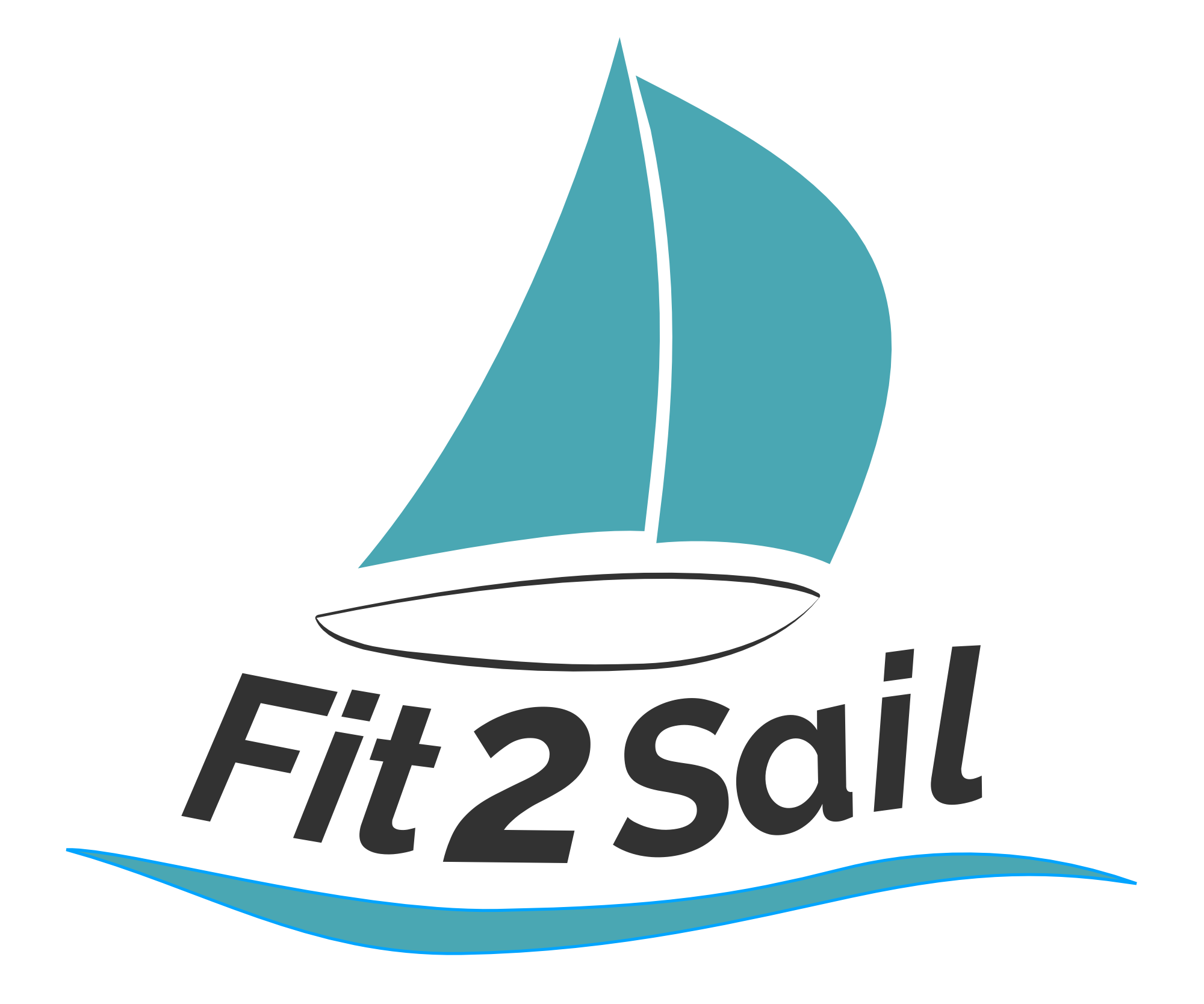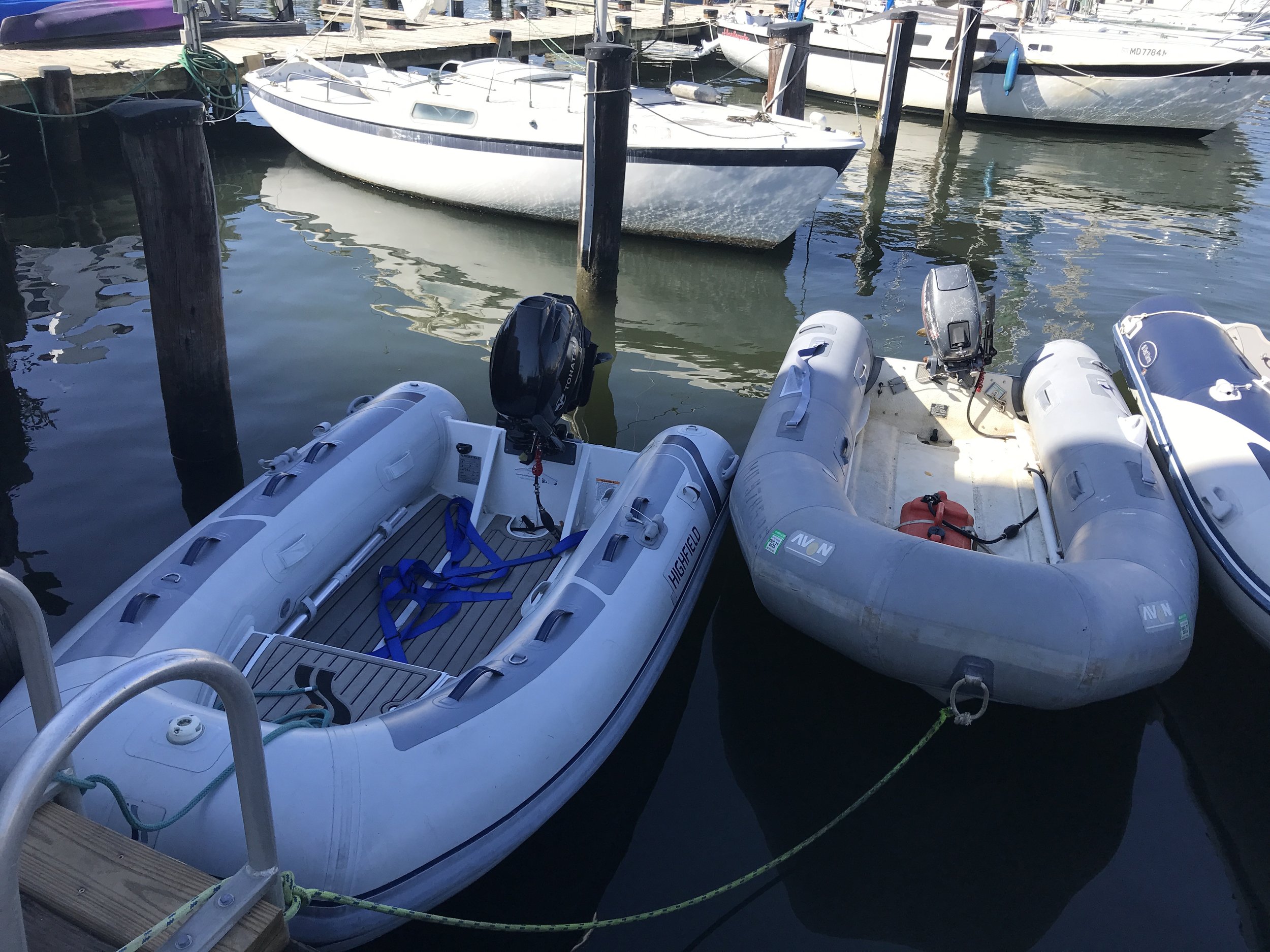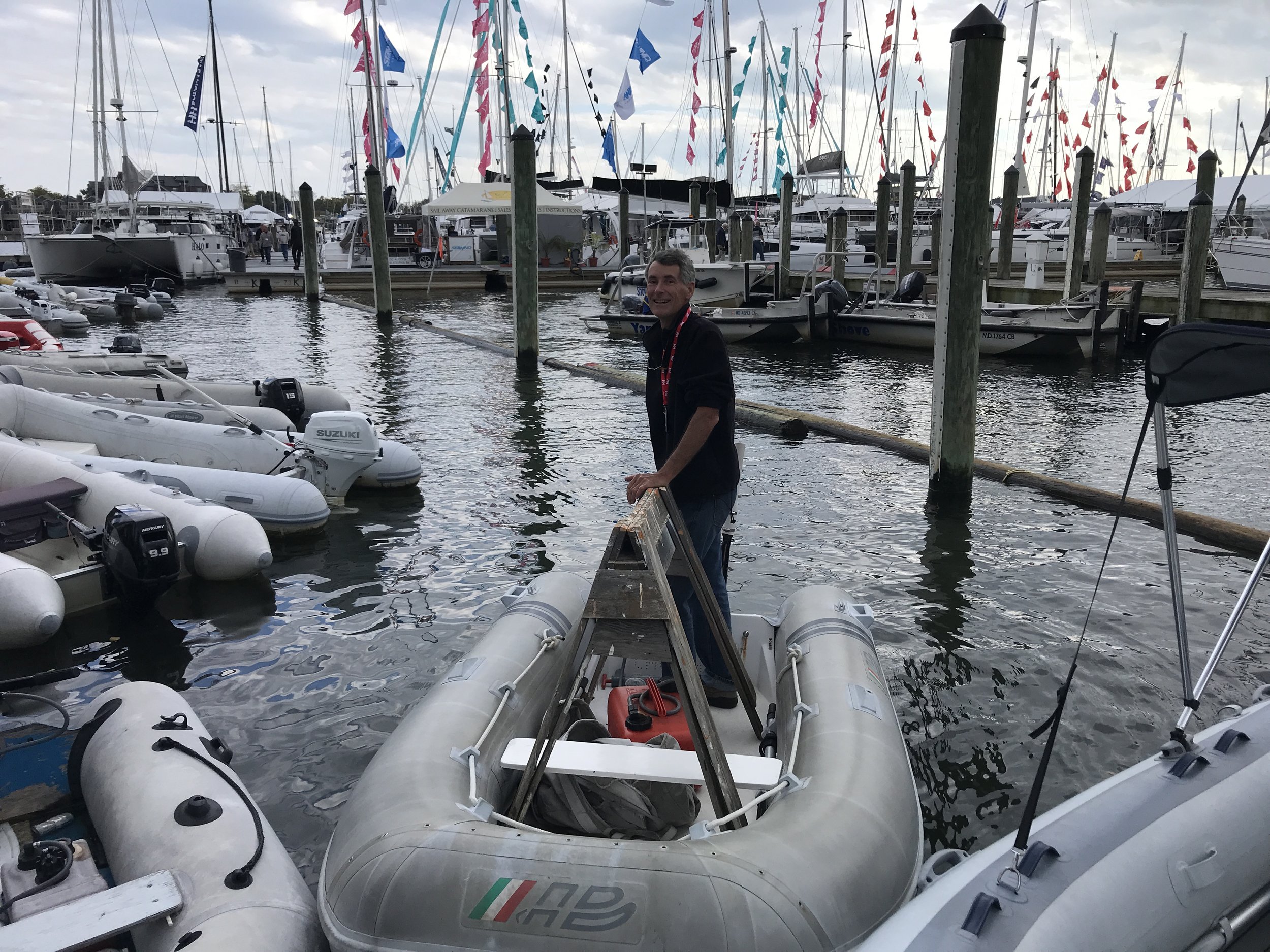Dinghy Dock Etiquette
Dinghy docks are a real luxury when you’re cruising. They enable you to tie your dink up safely when coming to shore while at anchor. Generally, they’re in a fairly convenient location in terms of access to town (though what exactly you can access and how convenient it is to the dinghy dock is a different story!)
Dinghies at a dinghy dock in Eastport.
Dinghy docks are public use spaces. In many places around the world (where such an idea as a dinghy dock is not a reality), they’re really the docks for working boats. In any case, a dock where you tie up your dinghy is NOT your own private, personal space! As such, it’s a good idea to understand how best use the space.
Leave your engine DOWN. Sure, tipping up the engine helps keep growth at a minimum. But that propeller is sharp. Most people have inflatable dinghies. Sharp prop + inflated rubber = punctured dinghy and VERY unhappy neighbors. Leave your outboard motor in the water.
Leave LOTS of slack in your line/lock. Yes, tying up close to the dock makes it easy for you to get on and off. But when you leave slack, it allows for more dinghies to access the space at all. Worst of all is when you have a short locking cable fixed to one point on the dock and a tight bow line tied to another point on the dock, effectively taking up parallel parking when it needs to be bow in. Tie with a long painter (or lock with a long cable). In many places, we wind up deploying a stern anchor to help keep our dinghy far away from the dock.
At least the Avon on the right has a long painter. The Highfield on the left is tied so close to the ladder nobody can get access.
There may be times when you have to step onto and over other dinghies to be able to access either the dock or to get back to your own dink. Take care when stepping on other people’s boats. Be mindful of what might be on the bottom of your feet and try not to leave marks.
Jeremy at the Annapolis dinghy dock, using the dinghy as a sawhorse transport device.
As cruisers, we need to be mindful of how our decisions affect others. Understanding why it’s a good idea to do things like leave your engine down and leave a long painter at a dinghy dock might help with that mindfulness.



